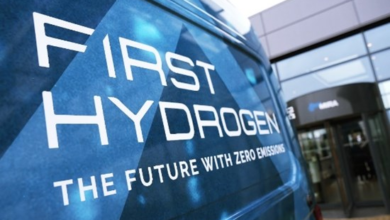The University of Galway to explore producing green hydrogen from salty water
The project explores new methods to generate green hydrogen from low-quality water sources.

A new project led by the University of Galway will explore new methods to generate green hydrogen from low-quality water sources, such as seawater and wastewater.
Funded by the European Innovation Council, the ANEMEL project brings together experts from academic institutions, research facilities, technological centres, SMEs and industries in seven European countries to develop efficient electrolysers, which split water into hydrogen and oxygen and expedite the design of prototypes over four years.
ANEMEL will gain expertise in the field of membranes and electrolysers – the overall goal is a prototype that yields green hydrogen from low-grade water with minimal treatments. Additionally, the oxygen obtained could find uses in the treatment and purification of the water sources.
The membranes designed by ANEMEL will avoid using persistent and pollutant products like poly-fluorinated materials and critical raw materials – favouring abundant metals like nickel and iron. All this will reduce the cost of the electrolyser components and improve their recyclability, thus reducing waste and providing a competitive advantage.
Under the leadership of University of Galway, ANEMEL project partners include: Technical University of Berlin, Germany; AGFA, Belgium; LEITAT and AGATA Comunicación Científica, Spain; De Nora, Italy; Technion Institute of Technology, Israel; EPFL (École Polytechnique Fédérale de Lausanne) and HES·SO (Haute École Spécialisée de Suisse Occidentale), Switzerland.
Dr Pau Farràs, the principal investigator of ANEMEL and researcher with the School of Chemistry, University of Galway, said, “I’m convinced we’ve reunited the perfect team to design efficient electrolysers to produce green hydrogen directly from low-quality waters.”
